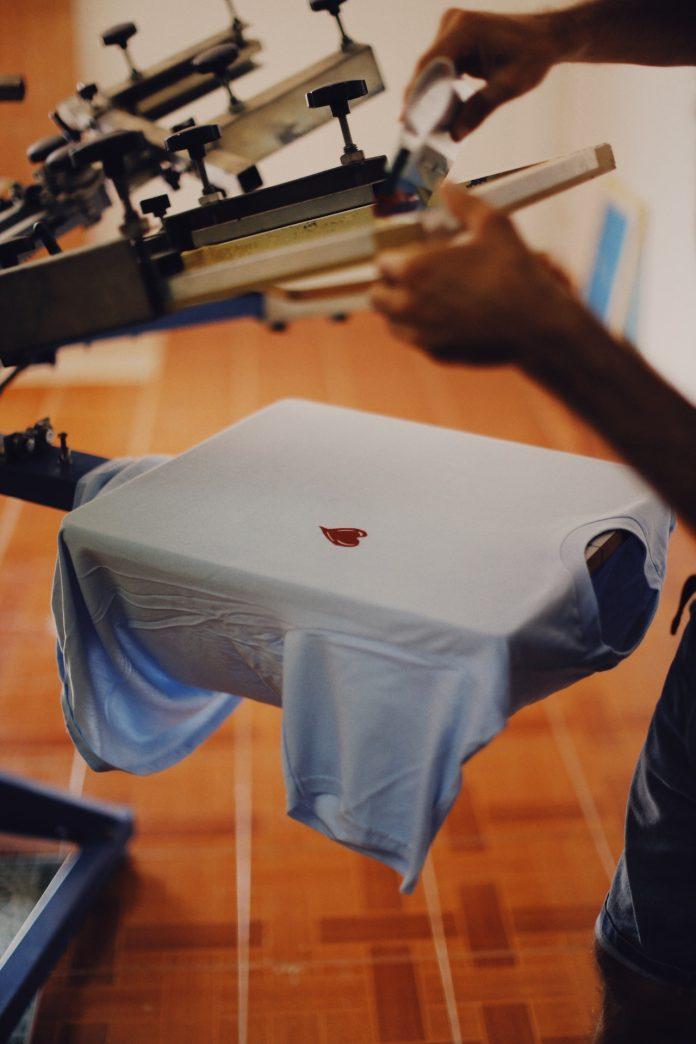Starting a t-shirt manufacturing business is an exciting venture that can be both rewarding and lucrative. However, it is vital to follow the necessary steps to ensure that your t-shirts are high-quality and in demand. In this step-by-step guide, we will walk you through the t-shirt manufacturing process for business, including sourcing materials, cutting and sewing, printing or embroidery, quality control, packaging and shipping, and marketing and sales.
Step 1: Design and Concept Development
The first step in t-shirt manufacturing is to develop a concept and design for your t-shirts. Your t-shirt design should be unique, eye-catching, and on-trend. This involves deciding on the style, fit, colour, and graphics of the t-shirts. You can hire a professional designer or use software like Adobe Illustrator or Canva to design the t-shirts yourself. It is also essential to create a sample or prototype of the t-shirt to test the design and fit.
For example, let’s say you want to start a t-shirt manufacturing business that caters to a specific niche, like dog lovers. You can create unique designs with dog-related graphics and slogans, such as “I Love My Dog” or “Paw-some.” You can also experiment with different styles and colours to cater to different preferences.
If you are unsure about the design and concept development, you can connect with a designer clothing manufacturer like ZYOD. They offer an exclusive handcrafted catalogue from which you can select. They can also help you with the design process and ensure that your t-shirts are on-trend and in demand.
Step 2: Source Materials
The quality of your t-shirts depends on the materials you use. Choose high-quality fabrics that are durable, comfortable, and easy to care for. Popular choices for t-shirt materials include cotton, polyester, and blends of these materials. You will also need to source other materials such as thread, labels, and packaging materials.
For example, if you are looking for high-quality cotton for your t-shirts, you can source it from a reputable supplier who provides cotton fabrics that are soft, durable, and sustainable.
Step 3: Cutting and Sewing
Once you have sourced your materials, it’s time to cut and sew the t-shirts. This involves using a pattern to cut the fabric into the desired shape and size. The fabric is then sewn together using a sewing machine or by hand. This process can be done in-house or outsourced to a manufacturing company like ZYOD.
For example, let’s say you have decided to outsource your cutting and sewing process to ZYOD. They are a tech-driven clothing manufacturer that uses robust manufacturing processes to ensure high-quality t-shirts. They can also help you with the pattern-making process and ensure that your t-shirts are consistent in sizing and fit.
Step 4: Printing or Embroidery
Printing or embroidery is an essential step in the t-shirt manufacturing process, as it allows you to add graphics or text to the t-shirts. There are several printing methods to choose
from, including screen printing, digital printing, and heat transfer. Embroidery involves using a needle and thread to sew designs onto the fabric. Choose a printing or embroidery method that best suits your design and budget.
For example, if you want to create t-shirts with intricate designs or logos, you can opt for embroidery. If you want to print designs with multiple colours, you can opt for digital printing. Screen printing is a popular method for printing high-quality designs in large quantities.
Step 5: Quality Control
Before your t-shirts are ready for sale, they need to go through quality control to ensure that they meet your standards. This involves inspecting the t-shirts for defects, such as loose threads or uneven seams. You should also check the sizing and fit to ensure that they are consistent across all t-shirts. ZYOD is a B2B fashionable clothing manufacturer in the industry that puts special emphasis on the quality of clothes for fashion labels. For example, you could inspect the t-shirts for quality control and make sure that they meet the expectations of your customers.
Step 6: Packaging and Shipping
Once your t-shirts have passed quality control, it’s time to package and ship them to your customers. Choose packaging materials that protect the t-shirts during shipping, such as poly mailers or cardboard boxes. You can also include branding materials, such as stickers or thank-you notes, to enhance the customer experience.
For example, you could include a handwritten thank-you note in each package to show your appreciation for your customers.
Step 7: Marketing and Sales
The final step in t-shirt manufacturing is marketing and sales. You need to promote your t-shirts and make them available for purchase. This can be done through your website, social media, or third-party marketplaces like Amazon or Etsy.
One example of a successful marketing campaign is the “Share a Coke” campaign by Coca-Cola. The campaign involved printing popular first names on Coca-Cola bottles and cans, encouraging customers to purchase a bottle or can with their name on it or the name of a friend or family member. This created a personal connection between the customer and the brand, driving sales and engagement.
A similar strategy can be used in t-shirt marketing by offering customisation options for customers, such as printing their name or a personalised message on the t-shirt. This not only creates a unique product for the customer but also fosters a sense of brand loyalty and encourages word-of-mouth marketing. Additionally, offering discounts or promotions, such as buy-one-get-one-free or free shipping, can also attract customers and increase sales.
Conclusion
Starting a t-shirt manufacturing business can be a lucrative and rewarding venture if done correctly. By following these seven steps, you can ensure that your t-shirts are high-quality, on-trend, and in demand. Remember to invest in quality materials, design eye-catching graphics, and prioritise quality control to stand out in the competitive fashion industry. Good luck!
If you are looking for a designer clothing manufacturer for your t-shirt business, you can connect with ZYOD.
